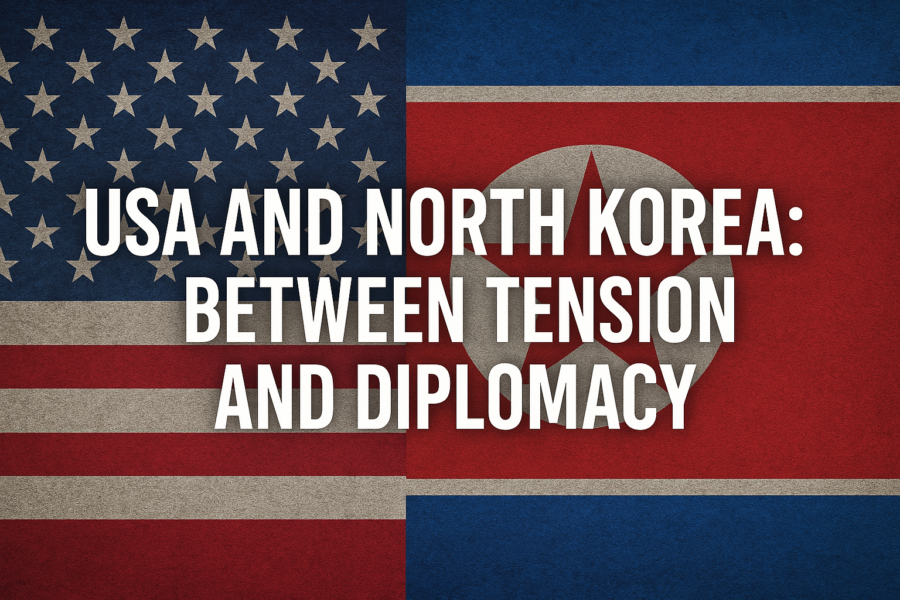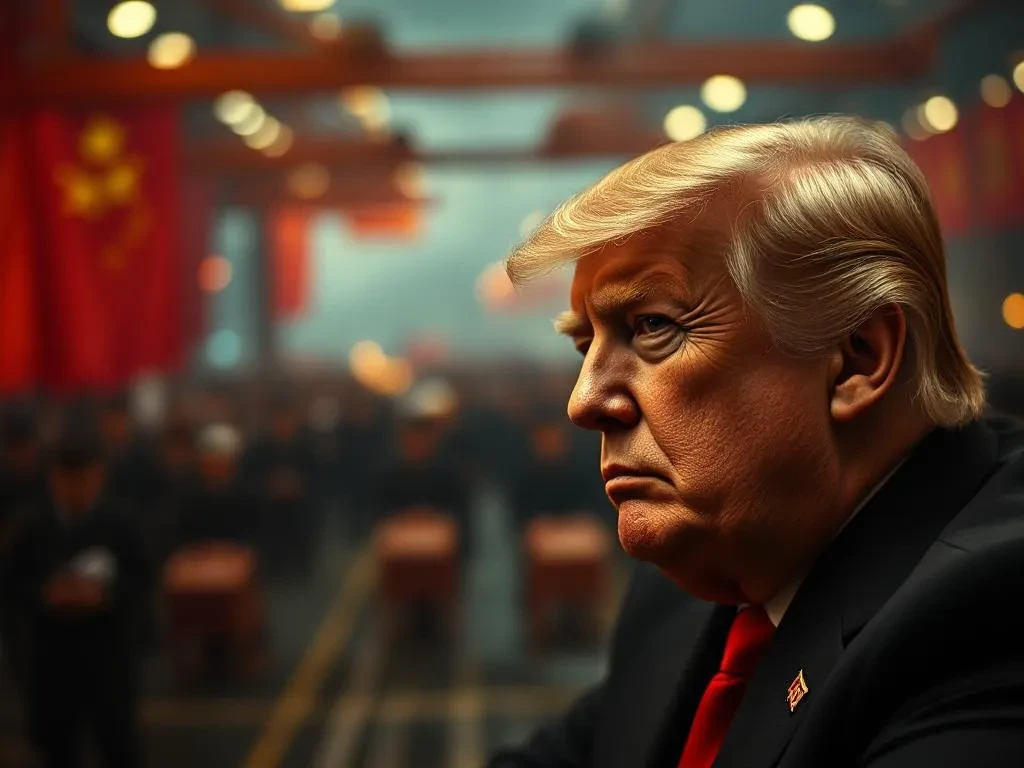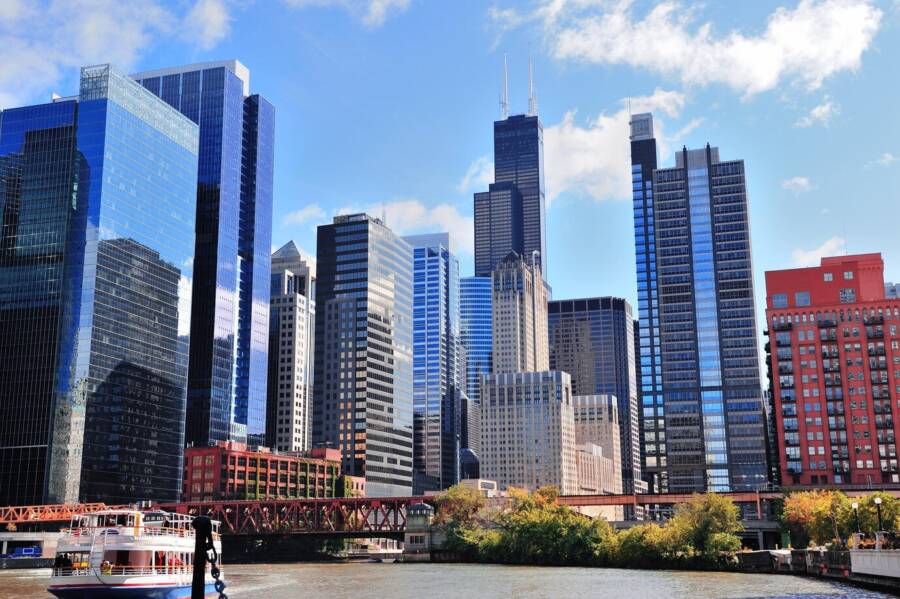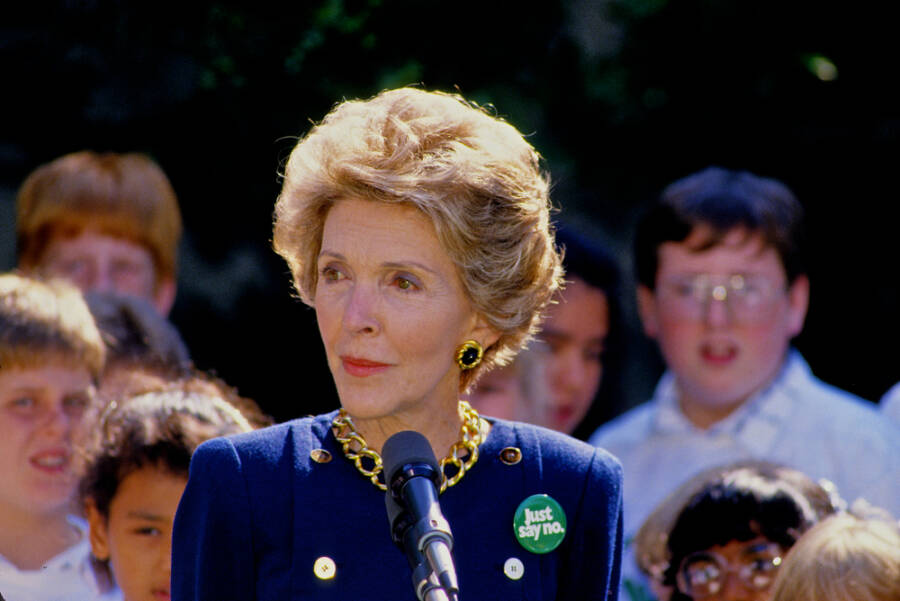Fourth of July, which is also known as Independence Day, has been a federal holiday in America since 1941. However, the entire tradition revolving around the Independence Day celebration goes all the way back to the 18th century and the American Revolution.
On July 2nd, 1776, the Continental Congress voted in favor of independence. Only two days later, delegates from no less than 13 colonies adopted the Declaration of Independence, a historic document drafted by the one and only Thomas Jefferson.
From 1776 to this very day, July 4th has been widely celebrated as the birth of American independence. The festivities include plenty of fireworks, parades and concerts, but also casual family gatherings and barbecues.
When the initial battles in the Revolutionary War started all the way back in April 1775, a couple of colonists desired total independence from Great Britain, and those who did were seen as radical. However, the following year, even more colonists came to prefer independence, and that’s mainly due to increased hostility against Britain and the spread of revolutionary sentiments.
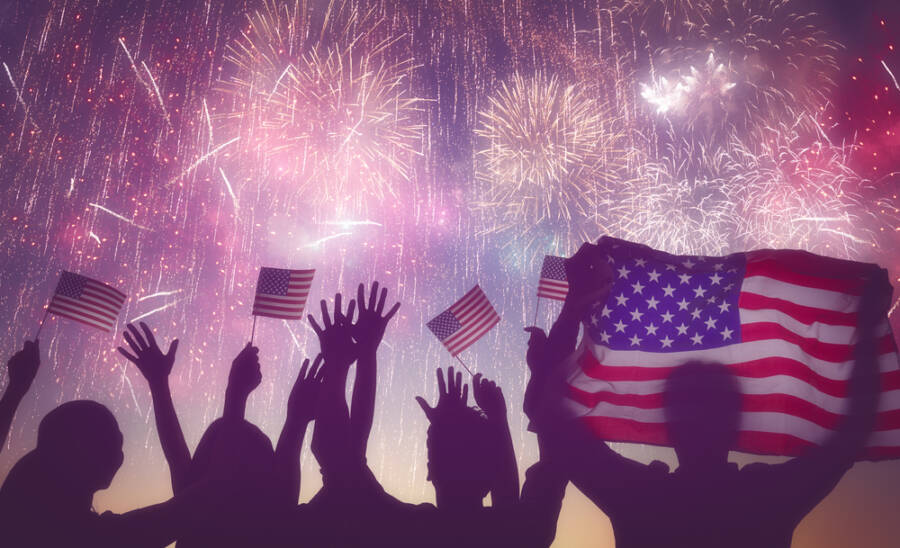
On June 7, when the Continental Congress met at the Pennsylvania State House (later known as Independence Hall) in Philadelphia, the Virginia delegate Richard Henry Lee introduced a special motion calling for the independence of all colonies.
Amid ongoing debate, Congress postponed the vote on Lee’s resolution, but also appointed a five-man committee, which also included Thomas Jefferson of Virginia, John Adams of Massachusetts, Roger Sherman of Connecticut, Benjamin Franklin of Pennsylvania, and Robert R. Livingston of New York, to work together and draft a formal statement that would justify the break with Great Britain.
Then, on July 2nd, the Continental Congress voted in favor of Lee’s resolution for independence in an almost unanimous vote (the New York delegation decided to abstain, but later voted affirmatively).
On the same day, John Adams contacted his wife Abigail, writing to her that July 2 “will be celebrated, by following generations, as the great anniversary Festival”, and that following celebrations should be all about “pomp and parade…games, sports, guns, bells, bonfires, and illuminations from one end of this continent to the other.”
On July 4th, the Continental Congress formally adopted the Declaration of Independence, which had been widely written by Jefferson. Even if the vote for actual independence took place on July 2nd, the 4th became the day of celebration for American independence.
Early Fourth of July celebrations and traditions
In the pre-Revolutionary years, colonists used to hold annual celebrations of the king’s birthday, which technically included the ringing of bells, bonfires, processions, and also speechmaking.
By contrast, during the summer of 1776, some colonists celebrated the birth of independence by holding mock funerals for King George III, meant as a way to symbolize the end of the monarchy’s hold on America and also the triumph of liberty.
Festivities included concerts, bonfires, and of course, parades, but also the firing of cannons and muskets that were generally accompanied by readings of the Declaration of Independence.
George Washington issued double rations of rum to his brave soldiers to mark independence in 1778, and in 1781, months after the key American victory at the Battle of Yorktown, Massachusetts became the first state to celebrate July 4th as an official state holiday.
Fourth of July becomes a Federal holiday
The tradition of patriotic celebration slowly became even more known after the War of 1812, when the United States had to face Great Britain once again. In 1870, the U.S. Congress made July 4th a federal holiday; in 1941, the provision was further expanded to grant a paid holiday to all federal employees.
Over the course of years, the political importance of the holiday would slowly decline, but Independence Day still remained a rather important national holiday and a symbol of patriotism. Falling in the middle of the summer, the Fourth of July has since the late 19th century become a huge focus of leisure activities and a common occasion for family get-togethers, often involving a spectacle of fireworks and outdoor barbecues.
The most common symbol of the holiday is the American flag, and a well-known musical accompaniment is “The Star-Spangled Banner,” which is also the national anthem of the United States.
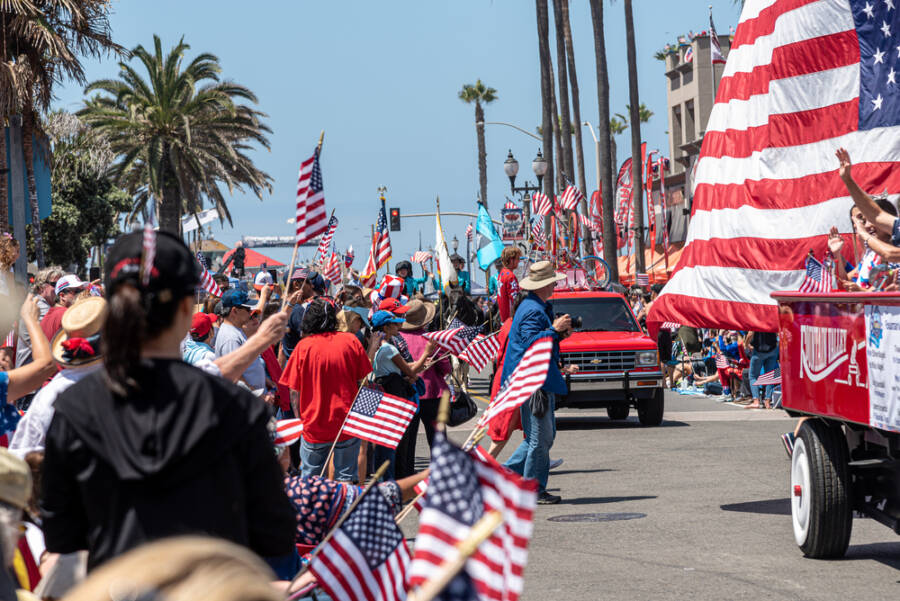
Red, white, and blue everything
If you walk into any grocery store today in July, you will be instantly bombarded by stuff in red, white and blue, plastered on absolutely everything from cocktail napkins to beach towels. In the early days of American Independence, the colors weren’t so representative of a flag that was widely recognized as American. Matter of fact, it wasn’t until June 1777 that Congress approved the first official iteration of the flag, which changed plenty of times between inception and the final design that was made in 1960. During the Revolutionary War, flags definitely had some sort of a functional purpose: They flew above a fort or they were on the top mast of a ship. It wasn’t until the American Civil War, in the 1860s, that most people started to use the flag in more personal ways.
Before then, you wouldn’t have seen the average person, for instance, hanging a flag in front of their house. The tensions of the Civil War also prompted people to start adopting iconography of flags, which not only delineated opposing sides of the war but also stood as a symbol of different things for individual Americans, such as emancipation for Black Americans. During this time, the flag started to appear in places other than flying in front of government buildings, like on shirts.
This particular use of the flag’s colors on everyday items increased in popularity in the 1900s and has become even more common in the last couple of decades. The 50-star flag we now know wasn’t unveiled until 1960 after Hawaii and Alaska joined the union in 1959.
Why did the colonies want independence from Britain?
One of the first colonies were founded at Jamestown, Virginia, in 1607, and then, 12 more were subsequently established. The colonies were a huge part of Great Britain, which also increased taxes for colonists on things they bought and used on a daily basis, like tea.
The Stamp Act of 1765 put a charge on papers and official documents in the American colonies, but not in England, and for Americans, this was another example of unjust taxation. On top of that, the colonists’ needs weren’t accurately represented in the British government, and it was made evident by the fact that Parliament was elected by people living in England.
This also led to the notorious rallying cry “no taxation without representation.” Tensions heightened and ultimately, a war ignited, known today as the American Revolution.
Why Americans love to party on the Fourth of July
Well, besides the obvious historical reasons, this date is the perfect occasion to socialize. There are plenty of parades, town festivals, and block parties taking place in every city in the US. The party gets even bigger in a city like Washington D.C., but we would definitely recommend celebrating it from Philadelphia, too.
Given the fact that it’s where the Declaration was signed, the city lives up to its expectations and throws quite an amazing party. Every single year, Philly hosts an event known as Party on the Parkway, where an entire section of the city is blocked off to offer a series of performances, games, food trucks, and activities for the entire family.
If you found this article useful, we also recommend checking: Facing Criticism, Trump Says He Won’t Ban Birth Control



